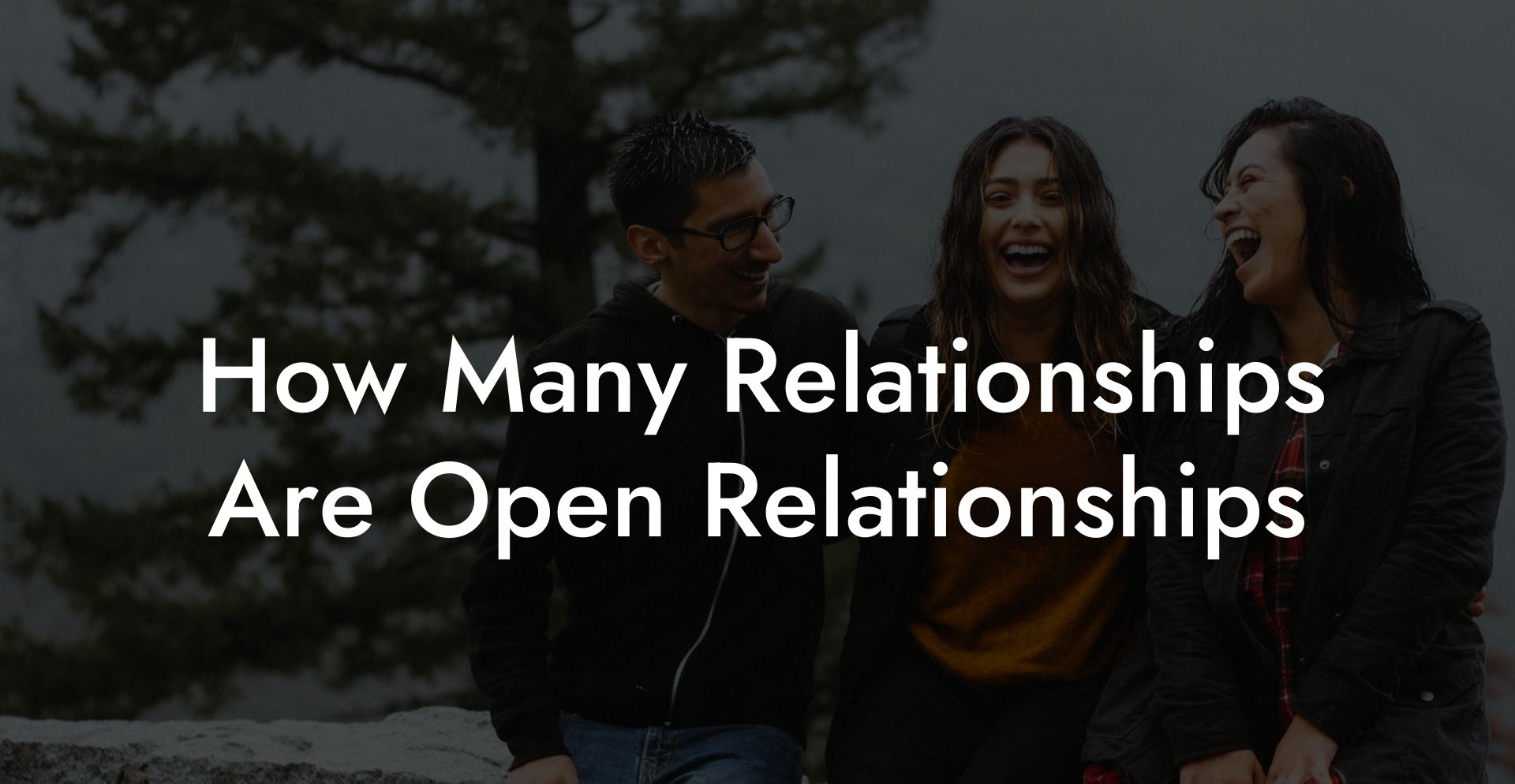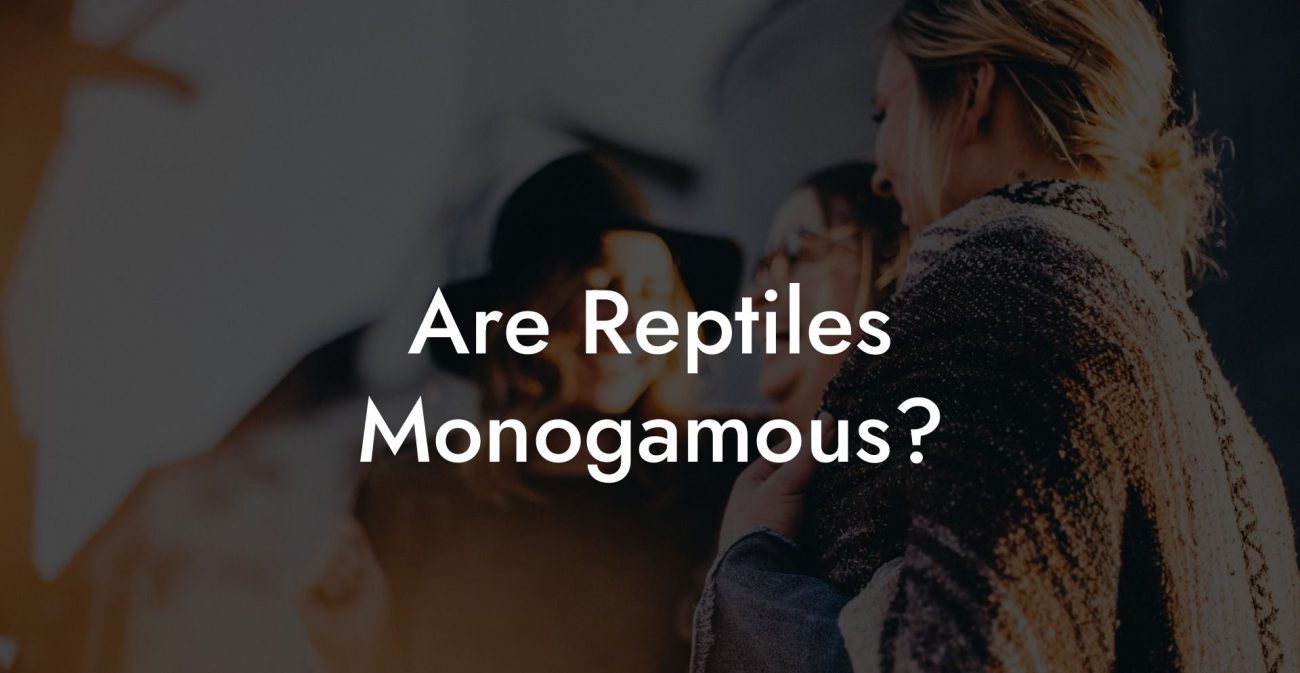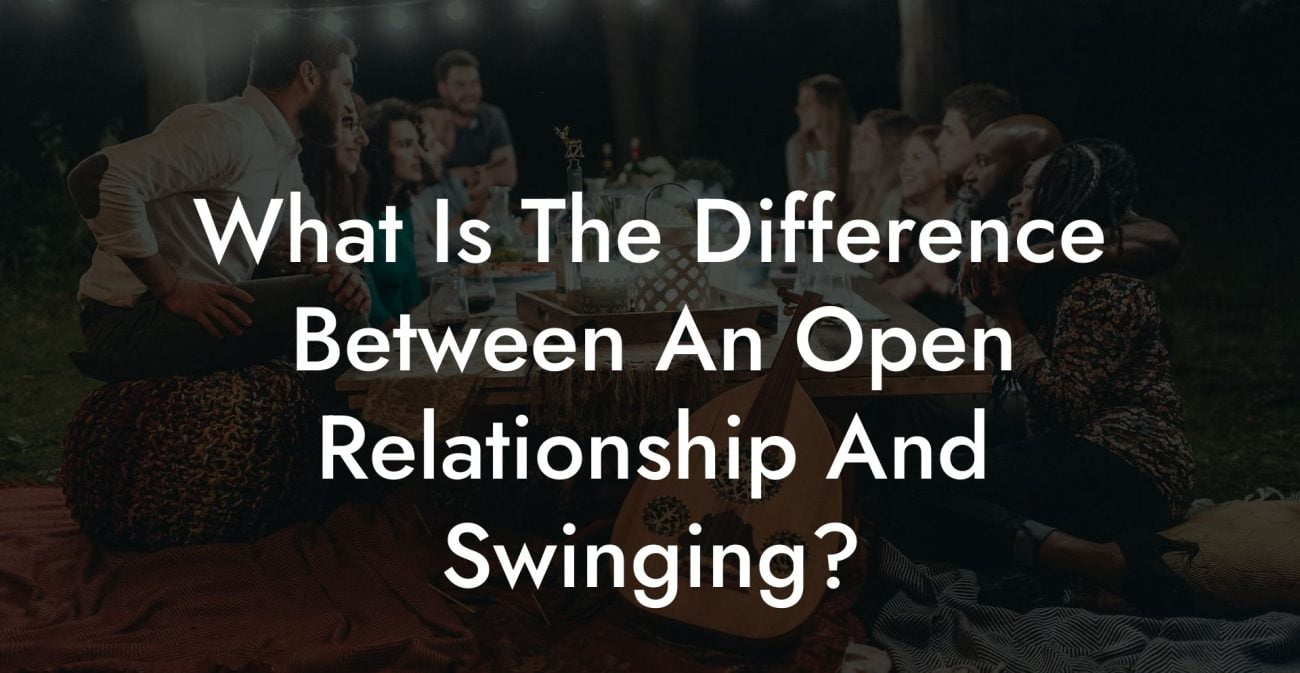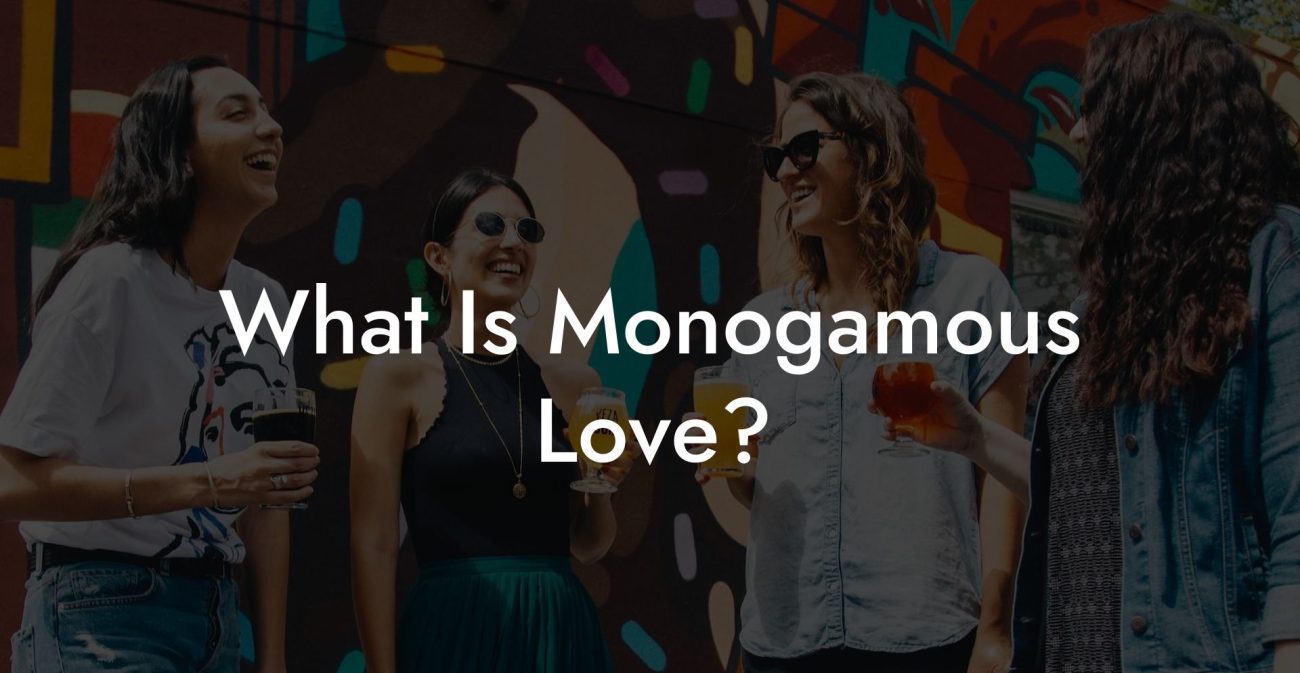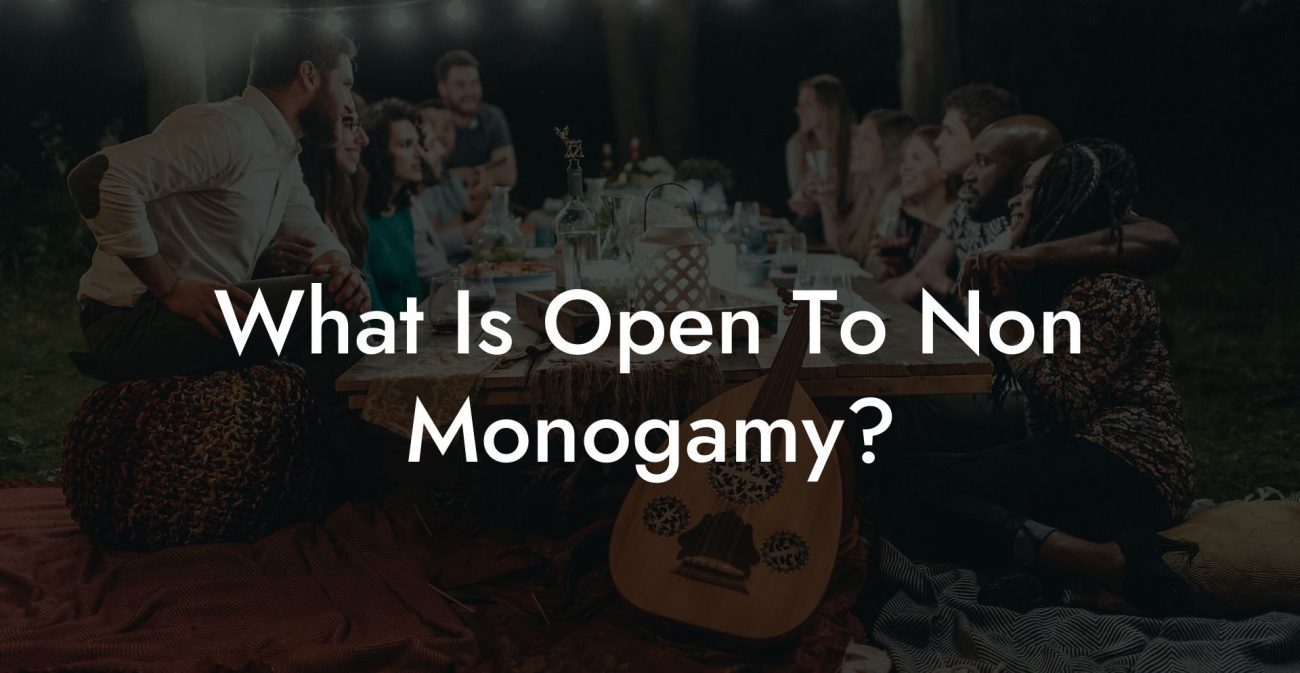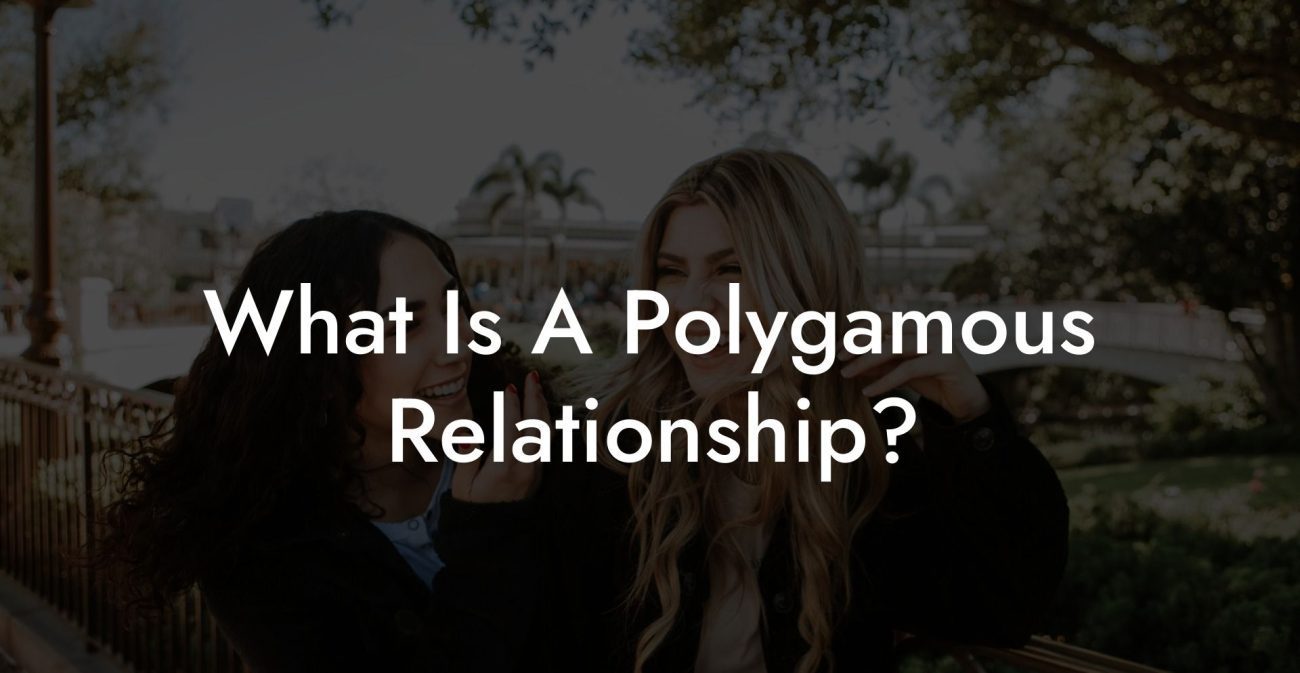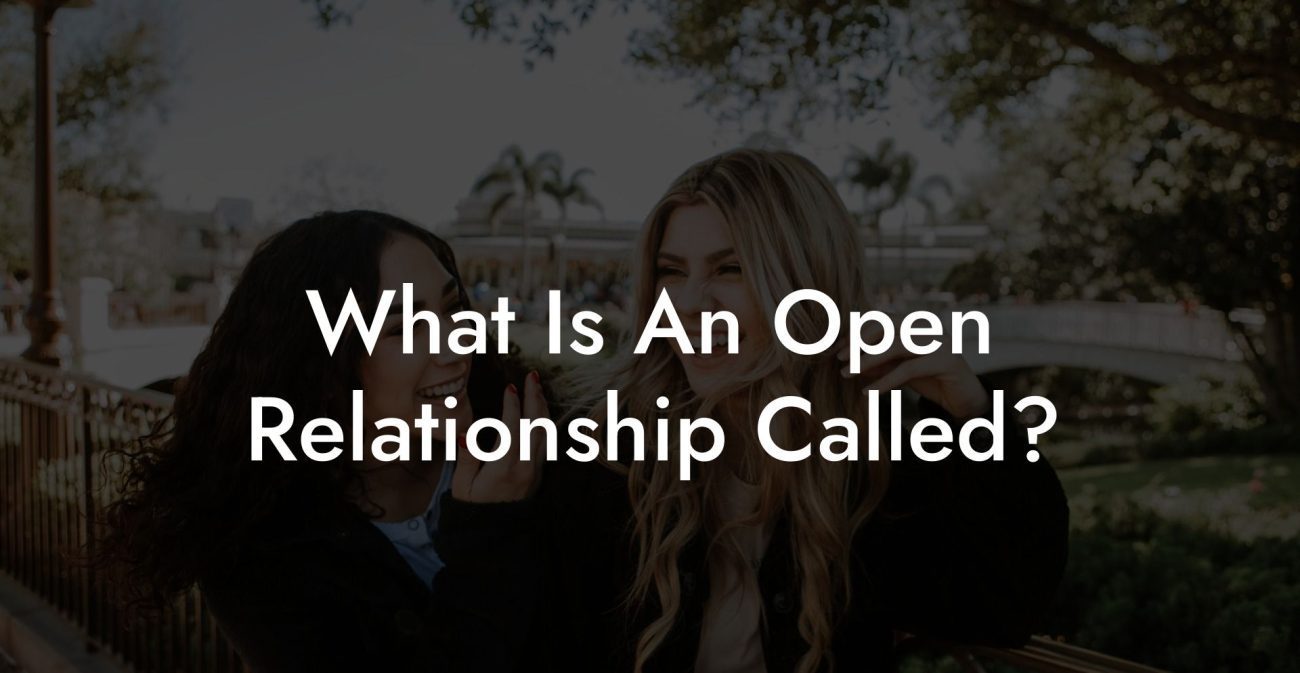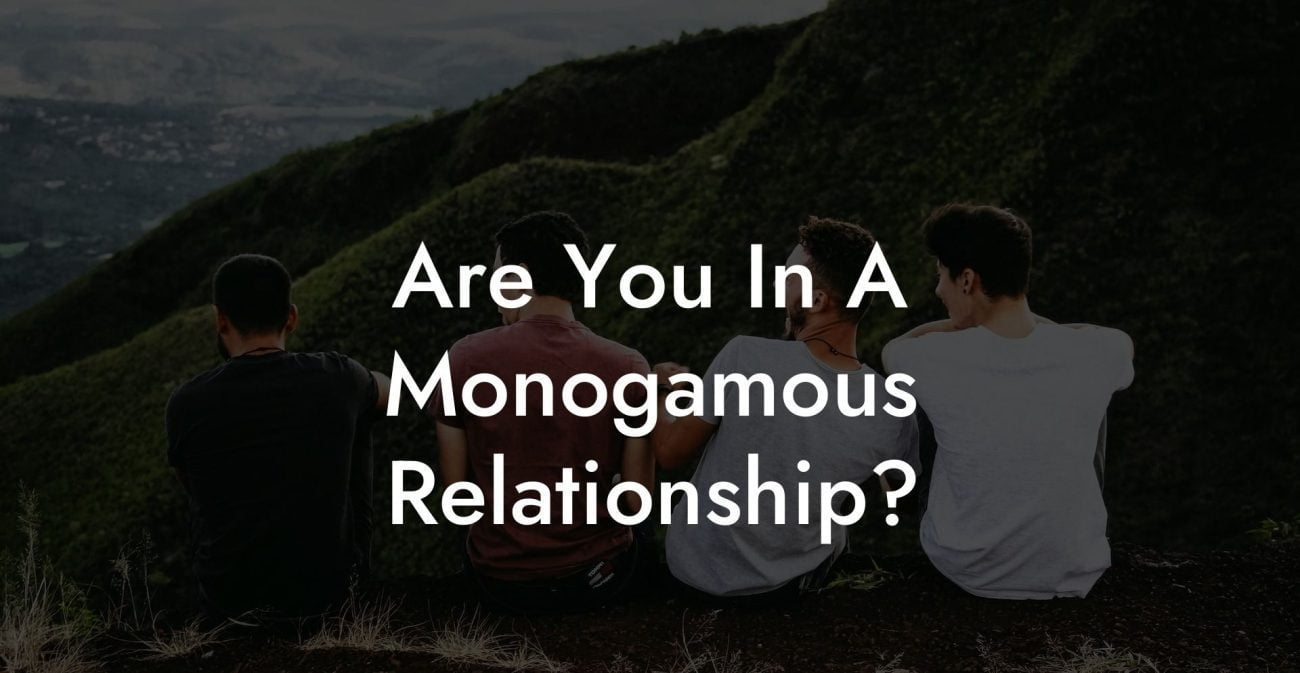As society evolves and becomes more accepting of alternative lifestyles, open relationships are becoming a more common topic of discussion. The concept of a monogamous romantic relationship is no longer the default for everyone, and some individuals and couples have found fulfillment in open relationships. But, just how many relationships are considered open relationships today? In this article, we'll explore the prevalence of open relationships, the factors that contribute to their growing popularity, and some practical examples.
How Many Relationships Are Open Relationships Table of Contents
Understanding Open Relationships
Open relationships can come in different forms; however, the general understanding is that such relationships are consensual non-monogamous arrangements between individuals. Each person involved in an open relationship is aware of and agrees to the fact that one or both parties can have sexual or emotional relationships with other people outside the primary partnership.
Key Factors Contributing to the Rise of Open Relationships
It is important to understand the factors that have contributed to the growing number of open relationships. Some key factors include:
- Changing societal norms: Society's perception of and attitude towards relationships and sexuality has evolved over time. In recent years, there has been a shift away from the "one-size-fits-all" monogamous relationship model towards a more open and diverse range of relationship arrangements.
- Increased communication and connectivity: The internet and social media have provided people with easier access to information and resources related to open relationships, as well as platforms for connecting with like-minded individuals.
- Higher focus on individualism and personal fulfillment: As people prioritize their own happiness and personal development, they are more inclined to explore relationship models that suit their individual needs and preferences, including open relationships.
Statistics on Open Relationships
Exact numbers on the prevalence of open relationships can be challenging to find due to the diverse range of relationship types and the potential stigma surrounding non-monogamous relationships. However, several studies and surveys can provide us with some insights into how common open relationships are:
- A study published in the journal "Archives of Sexual Behavior" in 2017 found that around 20% of American adults have participated in some form of consensual non-monogamous relationship at some point in their lives.
- A YouGov survey conducted in 2019 indicated that 17% of US adults had been in an open relationship, with 18% of those who were not in an open relationship reporting that they would consider trying one.
- A 2020 study published in the journal "Social Psychological and Personality Science" surveyed more than 11,000 adults and found that approximately 4% were currently in a consensual non-monogamous relationship.
How Many Relationships Are Open Relationships Example:
Consider a hypothetical couple, Alex and Taylor. They have a loving and supportive relationship but have decided, after years of open communication and exploring their individual needs, to try an open relationship. Alex and Taylor establish boundaries and ground rules to ensure that they are both comfortable with their arrangement. They might agree to always use protection with other partners, regularly discuss their experiences and feelings, and maintain emotional monogamy while allowing for sexual non-monogamy. Through a clear, open, and ongoing conversation, Alex and Taylor make their open relationship work for them.
The landscape of relationships is changing, and more people are considering and participating in open relationships than ever before. Whether you are curious about how open relationships work or are already involved in one, understanding the statistics and factors that contribute to their increasing popularity can offer valuable insights. If this article resonated with you, don't forget to share it with others who might benefit from the information, and check out other guides on The Monogamy Experiment for even more valuable knowledge about non-monogamous, monogamous, and polyamorous relationships.

